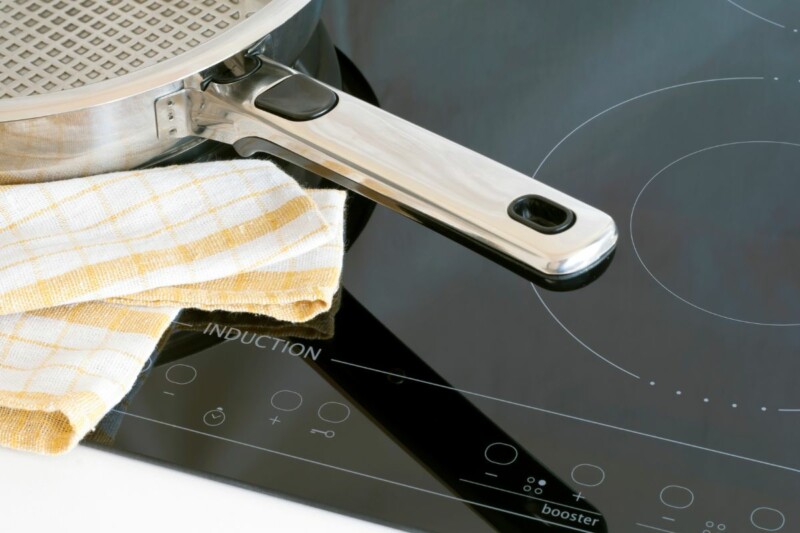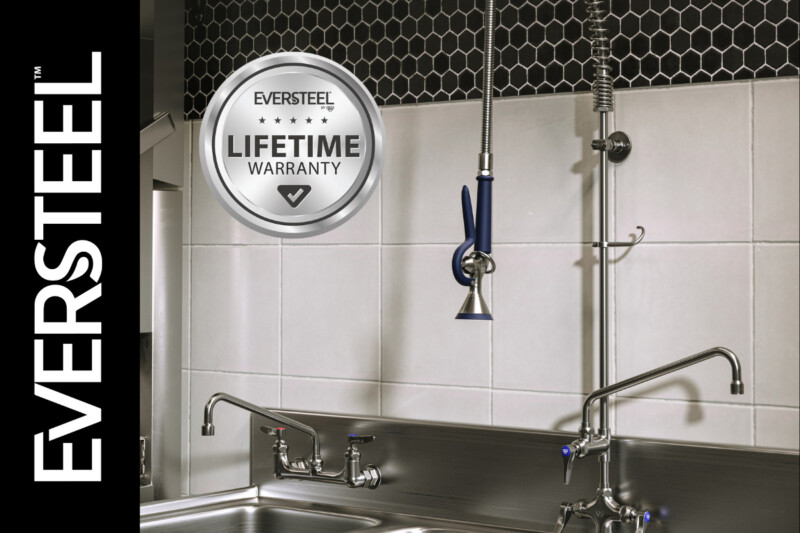The Art of Griddle Maintenance
A good-working, efficient griddle is one of the pillars of any successful foodservice kitchen. It’s used for all types of cooking, from eggs and pancakes to sandwiches, vegetables and meat. Not only will regular cleaning tasks and maintenance checks ensure the best food quality and prevent the transfer of food flavors, but these steps also will extend the griddle service life and, in terms of food safety, help ensure safe conditions for back-of-house staff. Grease buildup represents a significant fire hazard.
Different motives—operating costs, life cycle and energy savings—go into choosing the right griddle. Depending on your budget, you can either invest in an economy model, made from mild-grade steel, or a higher-end, chrome-plated model. As well, over the years, thicker metals that retain and conduct heat better have become available. The more efficient models perform better, and to ensure that the equipment continues to operate at peak performance, you should schedule them for very regular maintenance. Regardless of whether you choose an economy or high-end model, performing daily cleaning tasks and periodic maintenance will keep the equipment running at optimal performance.
The Daily Grind
A fine line exists when it comes to daily cleaning of griddles. Too light a cleaning and food will begin to stick, too aggressive and food also will stick. Also, different griddle tops require a specific cleaning method.
Joe Pierce, President and Owner of Pierce Parts & Service in Macon, Ga., says, “If you aggressively clean a mild steel grill it must be re-seasoned before you put it back into use or food will stick to the surface. If you clean the grill surface of a stainless or chrome-plated grill too aggressively you can scratch or dent the surface and food also will start to stick.”
Use a grill brick and cooking oil to clean mild steel grill surfaces. Going with the grain, start cleaning the grill when it is warm to the touch but not red hot. Clean the flat surface as well as the side splash guards. Remove all the carbon build up with the grill brick and then rewash all the surfaces with a mild soap and water mixture to remove smaller carbon particles. Finally, rinse the surface. Once the griddle is clean, apply a thin coating of oil with a clean towel to prevent rusting and maintain a well-seasoned cooking surface.
With stainless surfaces, use a mild soap and water mixture and scrub with a green scrub pad while the grill surface is still warm. Do not use strong chemicals, metal scrubbing pads or wire brushes on stainless surfaces.
To clean chrome-plated grills, use a warm soap and water mixture when the griddle top is warm to the touch. Anything abrasive will scratch and cause food to start sticking to the surface.
Finally, on a double-plated grill top, use warm soapy water while the griddle is warm. Again, avoid metal scrubbing pads, using only gentle green scrub pads.
Wayne Stoutner, President of Appliance Installation & Services Corp., Victor, N.Y., cautions, “If using an abrasive material to scrub the surface, you must be careful not to scrub one area longer than others…it might create a low spot in the surface making the griddle plate uneven over time.” An uneven griddle plate can create uneven cooking.
Ice is a definite no-no when cleaning any griddle. The shock of ice on the super-hot surface can create stress cracks and warping. While ice seems to save time and be an efficient way to cool the surface quickly to get to cleaning, it can lead to more expensive maintenance and repairs, and can even ruin the griddle in the long run. Be sure the cleaning crew understands your no-ice policy.
Clean the sides and front of the grill as you would any other stainless equipment. And finally, clean around the burner and burner air shutter. “Depending on the griddle, it can be quite easy to clean carbon and debris from the burner and burner air shutter,” says Stoutner. “Smaller griddle plates can be lifted up carefully giving the operator clear access to the burners and air shutters.”
A griddle can last up to 20 years with minimal trouble if you take proper care to keep it cleaned and maintained on a daily basis.
The Long Haul
Along with the daily task of cleaning your griddle, you should perform certain tasks routinely throughout the year. The biggest mistake operators make is, “Letting their grills be operated too long without maintaining the equipment,” says Pierce. “Just because they clean the surface today does not mean the rest of the grill is clean also. You must inspect the entire grill.”
Check and calibrate the thermostat every 30 days either with a surface thermostat or laser surface thermometer. Any employee can do this simple task; just do it once a month to ensure the griddle’s thermostat is working properly. As well, every 90 days or four times a year, look for stress cracks in metals and every six months or twice a year, do a visual inspection of the topside and underside of the grill. On a gas grill, check the gas pressure; on electric grills, have a professional service technician check the amp reading.
If you take the time and effort to clean and maintain your griddle in the present, it will continue to function properly and serve you well into the future.
Pierce’s Quick Tips
Joe Pierce, President and Owner of Pierce Parts & Service, offers the following simple griddle maintenance tips:
• Don’t overload the grill surface with product.
• Keep up with daily maintenance of the grill surface.
• Make sure the grill is leveled.
• Maintain the minimum gas pressure and correct gas volume.
• Keep your thermostats calibrated.
• And most importantly, keep it clean.
RELATED CONTENT
- Advertisement -
- Advertisement -
- Advertisement -
TRENDING NOW
- Advertisement -
- Advertisement -
- Advertisement -


